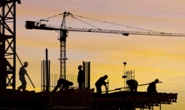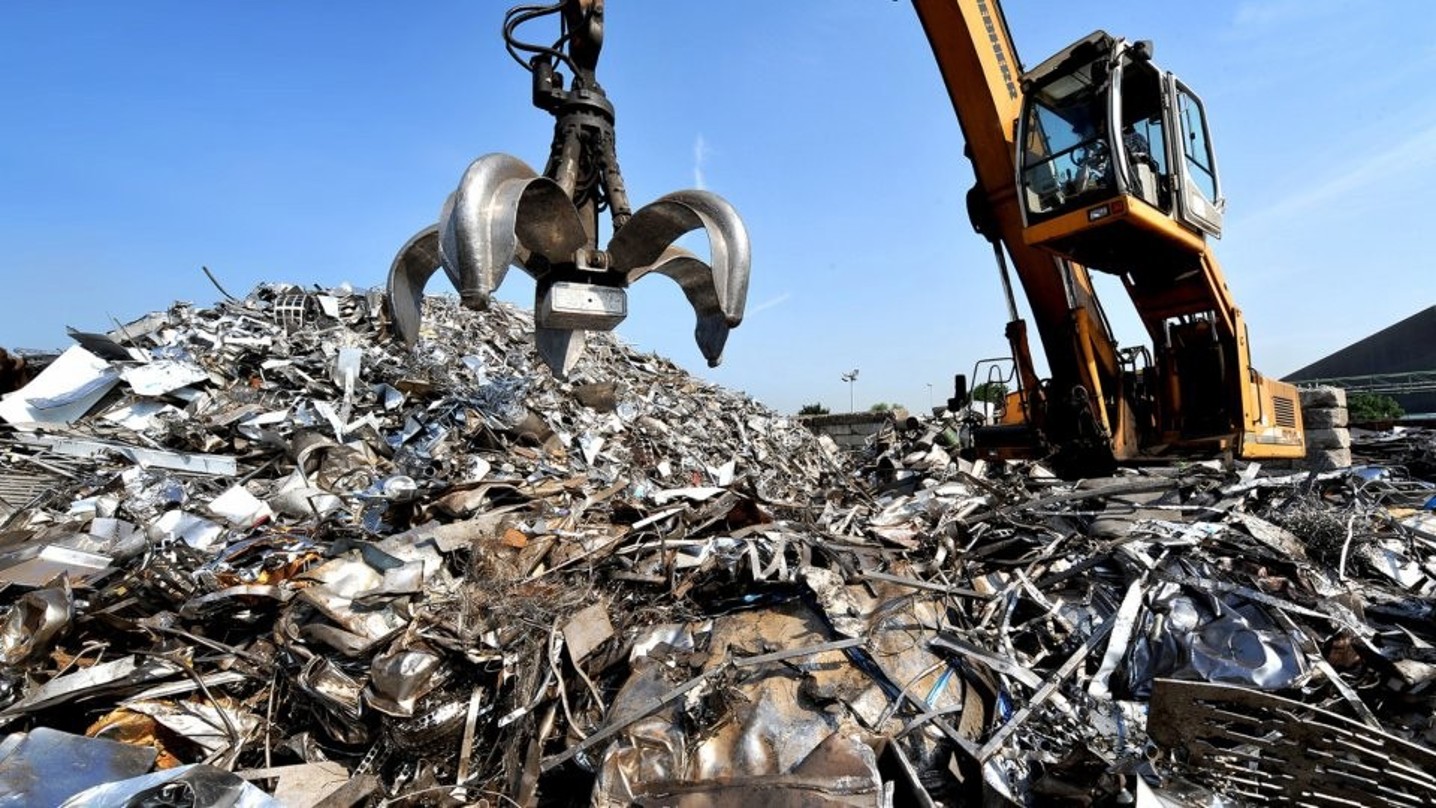Analysis

November 1, 2019
AGC: Construction Spending Undermined by Tariffs
Written by Sandy Williams
The Associated General Contractors of America maintains that trade fights with China, the EU and other countries are undermining demand for private sector construction projects.
“The best way to make sure our economy continues to expand is to quickly resolve a series of trade disputes that have contributed to business uncertainty and likely held back many new development and construction projects,” said Stephen E. Sandherr, the association’s chief executive officer.
Construction employment increased by 10,000 jobs in October and by 148,000, or 2.0 percent, over the past 12 months, while construction spending decreased by 2.0 percent from September 2018 to September 2019, according to an analysis of new government data by the Associated General Contractors of America.
“The construction industry is still adding workers at a faster clip than the overall economy, but growth has slowed as private nonresidential and multifamily construction spending shrinks,” said AGC chief economist Ken Simonson. “At the same time, public investment and a recent pickup in single-family homebuilding have helped employment to grow.”
Simonson observed that the 2.0 percent growth in construction employment between October 2018 and October 2019 was the slowest in almost seven years, but that the rate remained well above the 1.4 percent increase in total nonfarm payroll employment. Average hourly earnings in construction—a measure of all wages and salaries—increased 2.4 percent over the year to $30.95. That figure was 9.8 percent higher than the private-sector average of $28.18, Simonson noted.
Construction spending totaled $1.294 trillion at a seasonally adjusted annual rate in September, a gain of 0.5 percent from the August rate but 2.0 percent less than the September 2018 rate, according to estimates from the U.S. Census Bureau. Year-to-date spending for January-September combined fell 2.2 percent from the year-ago total.
Public construction spending increased 1.5 percent for the month and 5.6 percent year-to-date. Among the three largest public categories, spending in the first nine months of 2019, compared with the same period in 2018, climbed 9.3 percent for highway and street construction, 1.0 percent for educational construction and 9.1 percent for transportation (airports, transit, rail and port) projects.
Private residential construction spending increased 0.6 percent for the month, but slid 7.9 percent year-to-date. Single-family homebuilding rose 1.3 percent from August to September, the third consecutive monthly gain, but fell 8.0 percent year-to-date. Spending on multifamily projects declined 0.7 percent for the month, but was 5.9 percent higher year-to-date.
Private nonresidential spending decreased 0.3 percent from August to September and 0.6 percent year-to-date. Major private nonresidential segments experienced mixed year-to-date results. The largest—power construction (comprising electric power generation, transmission and distribution, plus oil and gas fields and pipelines)—climbed 5.5 percent year-to-date. Commercial (retail, warehouse and farm) construction plummeted 15.2 percent. Manufacturing construction posted a 3.2 percent gain. Private office construction spending rose 6.8 percent.







